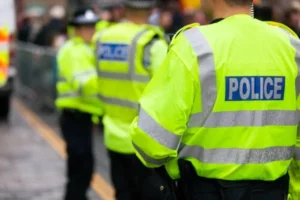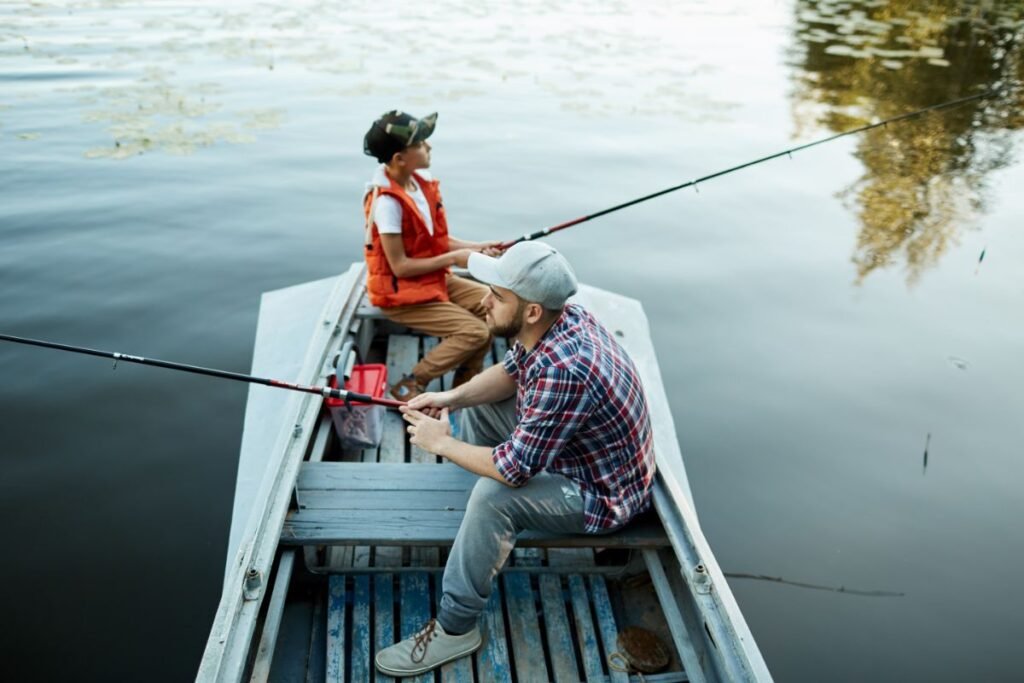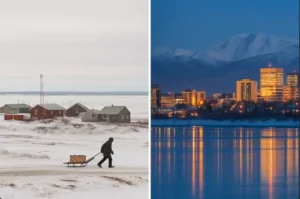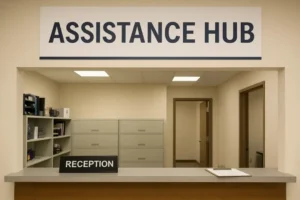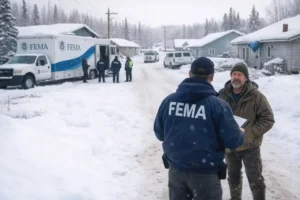Alaska fishing planning can be compared to preparing for the great adventure of your life. With the largest wilderness, beautiful scenery, and excellent fishing destinations, this state may be the perfect spot for every fisherman. Below, we have highlighted several important tips that will assist you in making the most of your Alaska fishing experience.
1. The Best Time to Visit
Alaska is one of the best places in the world to fish, but timing is critical to success in great Alaskan fishing. To determine the best time to plan your trip, you should consider the type of fish you are looking to catch.
i) Salmon Fishing
The best time for salmon fishing is from the end of May to the beginning of September. Every kind of salmon has its own migration time, and if you are looking for King Salmon, June is the right time to go, but if you are interested in Silver Salmon, August is the month to go.
ii) Halibut Fishing
Halibut fishing is normally good from mid-May to mid-September. The bigger halibut is usually caught at the beginning of the season.
iii) Trout and Grayling
Anglers looking for freshwater fish can get the rainbow trout and Arctic grayling from June to September.
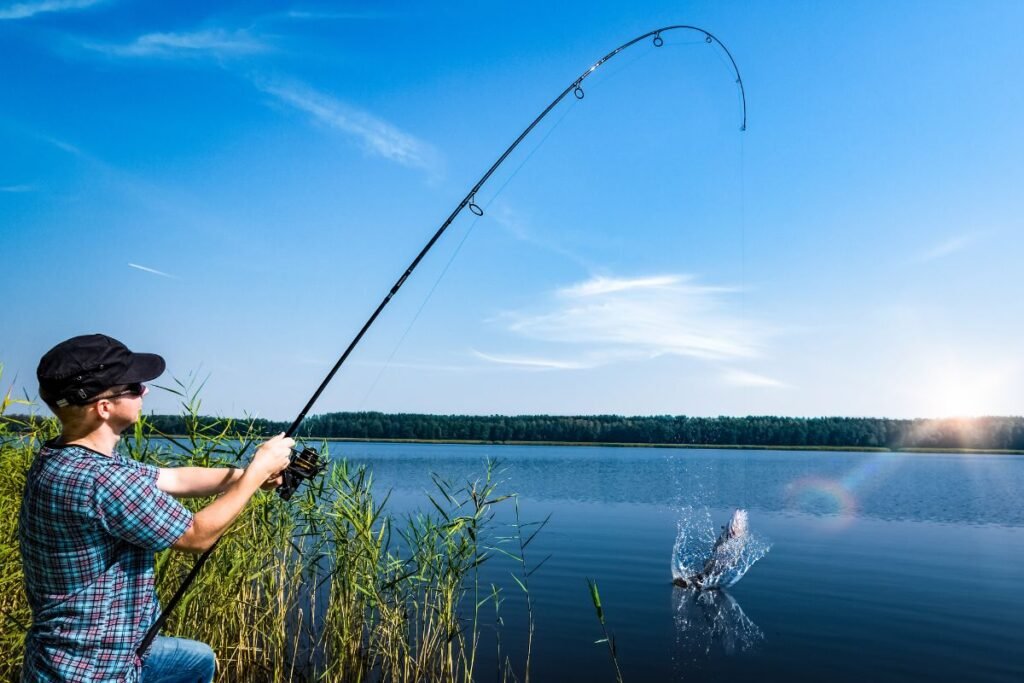
2. Choose the Area to Go Fishing
Alaska is a vast state and thus has numerous locations where one can fish, each being different. Here are some top destinations:
i) Kenai Peninsula
Best known for King Salmon, the Kenai River is also a place to catch Silver Salmon, Rainbow Trout, and Dolly Varden, the latter of which is especially preferred.
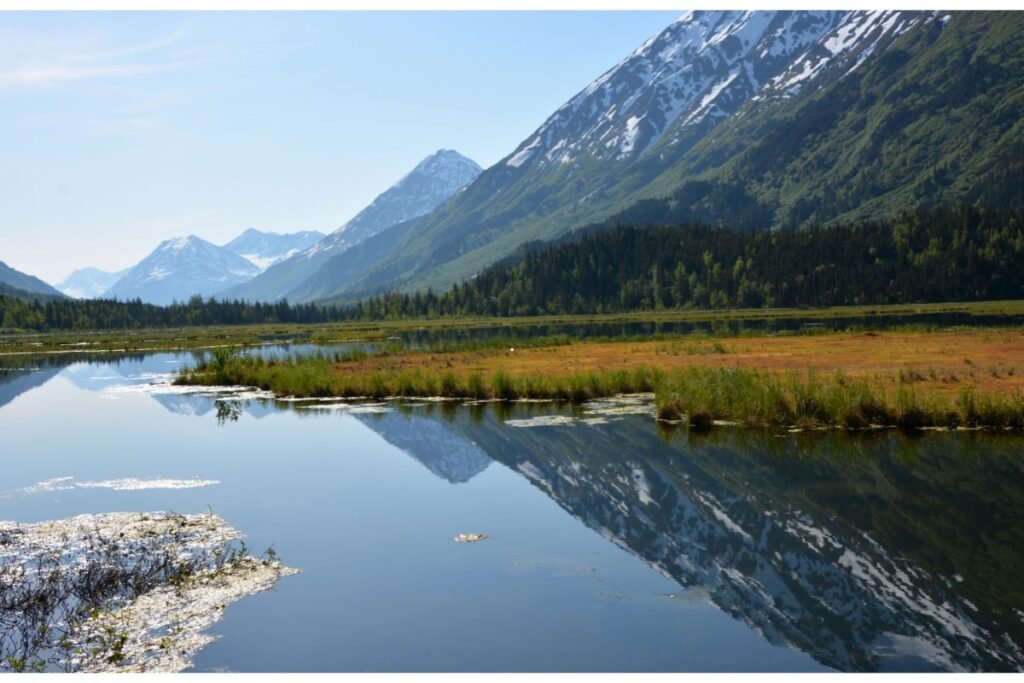
ii) Bristol Bay
This is the place to be if you want a great catch of large sockeye salmon. This place is popular for top-class rainbow trout fishing.
iii) Southeast Alaska
This place is known for its superb beauty and excellent fishing, especially saltwater fishing for halibut, salmon, and rockfish.
iv) Kodiak Island
Kodiak Island is one of the most isolated and less inhabited areas. It has beautiful scenery and a great fishing experience for big halibut and different kinds of salmon.
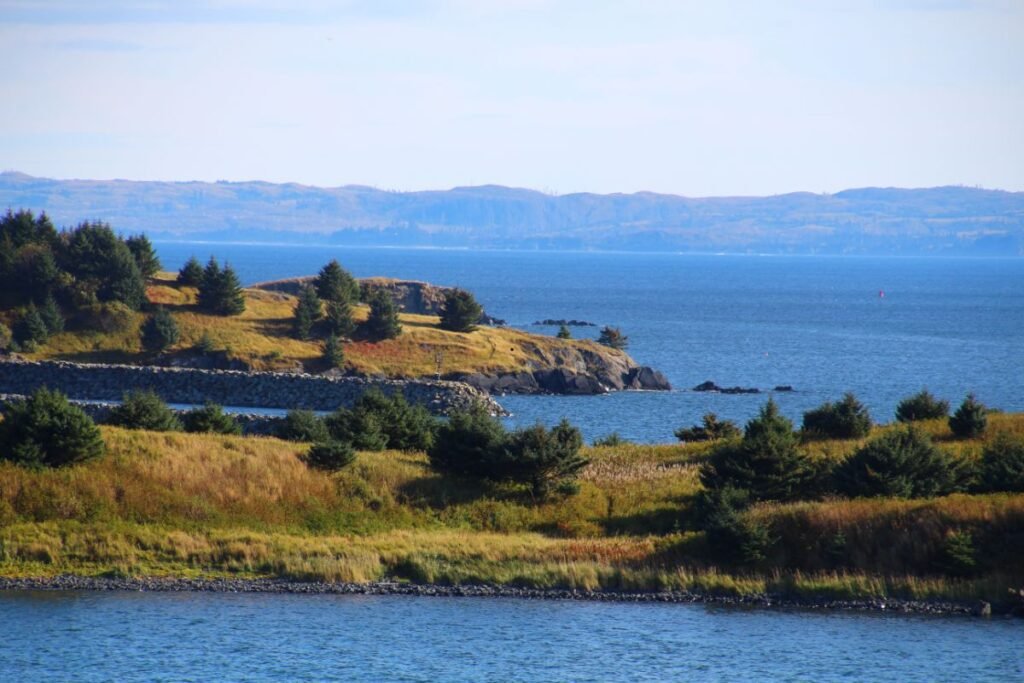
3. Comparison of Guided and DIY Fishing
One of the most important questions you must answer is whether to take a guide with you. Both options have their advantages:
i) Guided Fishing
For the first-timer in Alaska or one who wants to improve their chances of getting a good catch, it is advisable to engage the services of a guide. Guides know the best places, offer all the required gear, and can assist in challenging Alaskan water conditions.
ii) DIY Fishing
Fishing alone can be quite fulfilling if you are an experienced angler and prefer to fish alone. It may require you to do more work independently and bring your equipment. Still, the thrill and the satisfaction are incomparable.
4. Get the Right Gear
Fishing gear is very important and can determine the success of a fishing trip that one is about to undertake. It is key to ensure that you have the right kind of fishing gear; depending on the fishing, you will undertake a basic checklist:
i) Fishing Rods and Reels
A medium to heavy rod and a strong reel are appropriate for catching salmon and halibut.
ii) Lures and Bait
Prepare yourself with lures and bait that are effective in Alaska waters. Some of the most commonly used baits are spoons, spinners, and jigs for salmon and cut bait or herring for halibut.
iii) Clothing
Extreme conditions characterize Alaska’s weather, so it is advisable to dress in layers. Carrying raincoats, caps, gloves, and strong boots is also better.
iv) Miscellaneous
Items that should be remembered include sunscreen, insect repellent, a basic first aid kit, and a dry bag that will help you keep your things dry.
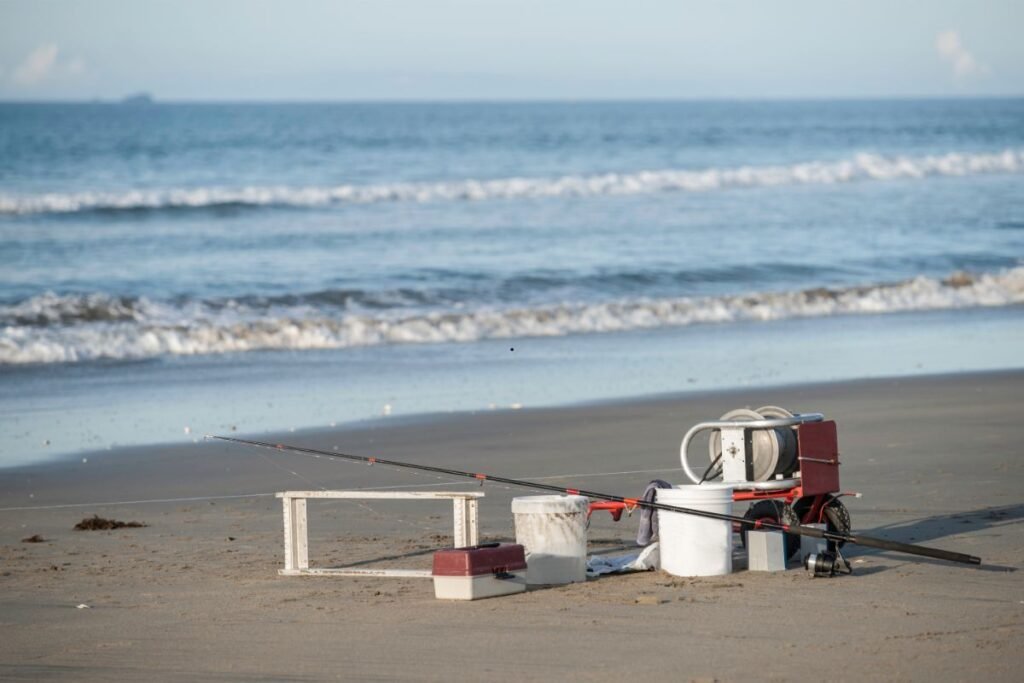
5. Understand the Fishing Regulations
Many rules and regulations govern fishing in Alaska to ensure natural resources are well protected. Before you head out, make sure you’re familiar with the rules:
i) Fishing Licenses
All persons above the age of 16 years require a fishing license. You can easily buy these from the internet or a nearby local store.
ii) Catch Limits
Know the daily and possession limits for the fish species you plan to catch. Note that these limits may change in different regions and for other wildlife species; therefore, it would be useful to check the current laws.
iii) Protected Areas
Certain zones may be closed to fishing or may have certain restrictions. Always look for the signs posted and abide by the rules to ensure you are not breaking any law.
6. Plan for Logistics and Accommodations
The logistics of getting to and staying in Alaska can be daunting, but proper planning can make things easier:
i) Travel Arrangements
The transportation may include air tickets, car hire services, or even boat hire, depending on the place of your destination. Anchorage and Juneau are the main cities in Alaska, and they have airports with flights that connect to other small towns.
ii) Lodging
Alaska offers accommodations ranging from simple cabins to luxurious lodges and hotels. If you plan to travel during peak season, ensure that you book your accommodation early.
iii) Food and Supplies
In remote areas, you may have yet to have the opportunity to visit a grocery store. Hence, it is advisable to prepare food and supplies or get a package from your lodge or guide.
7. Get Ready for the Alaskan Wilderness
Fishing in Alaska means you will fish in the remote and wilderness region. Safety should be a top priority:
i) Bear Safety
Bears are very common in Alaska, especially near rivers during the salmon runs. Carry bear spray, make noise while hiking, and securely store food.
ii) Weather Conditions
One has to be ready for a change in weather, be it rain, strong wind, or even snow, regardless of the time of year.
iii) Communication
Since there might be no network in some areas, it is wise to ensure that you carry a satellite phone or GPS communication device in case of an emergency.
8. Capture the Experience
An Alaska fishing trip is something you’ll want to remember forever, so don’t forget to document it:
i) Photography
Carry a good camera or, better yet, your phone to capture the beautiful scenery and fish you catch. The best way to transport your gear is to put it in waterproof cases or bags.
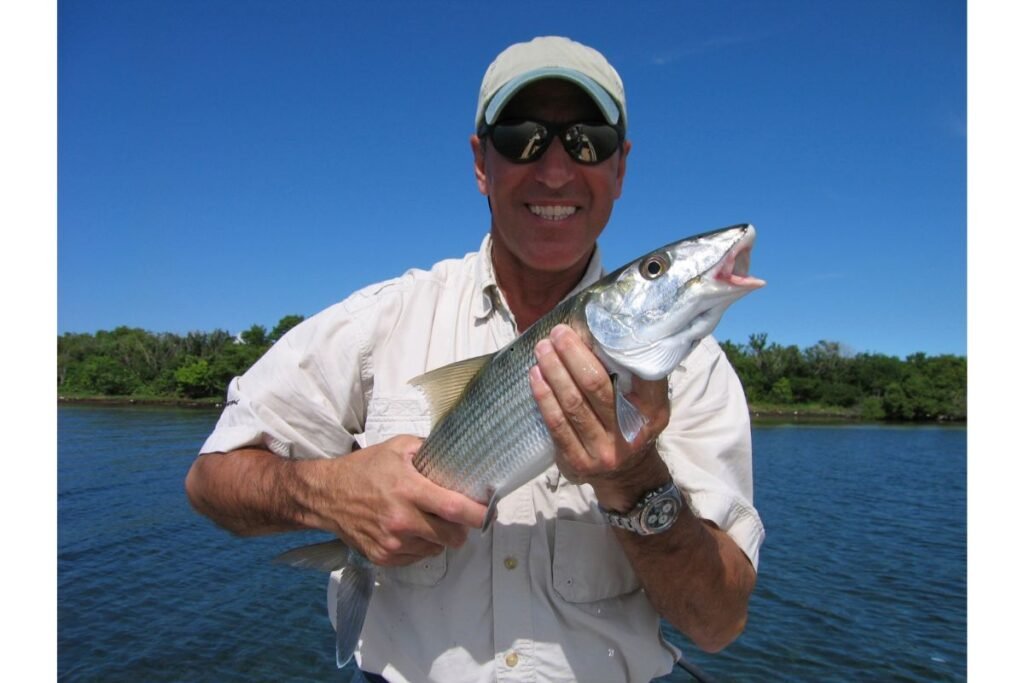
ii) Journaling
Record all the beautiful moments, the fish you caught, and the areas you visited. It is a good way to remember the events and tell others about them.
9. Respect the Environment
Alaska’s natural beauty is one of its greatest assets, and it’s important to preserve it for future generations:
i) Leave No Trace
Pack everything you bring in, including trash, fishing line, and bait containers.
ii) Catch and Release
It may be advisable to immediately catch and throw back any fish that are tended for consumption, keep them in as little stress as possible, and release them as soon as possible.
iii) Respect Wildlife
Always maintain a safe distance from all wildlife and do not approach animals in the wild.
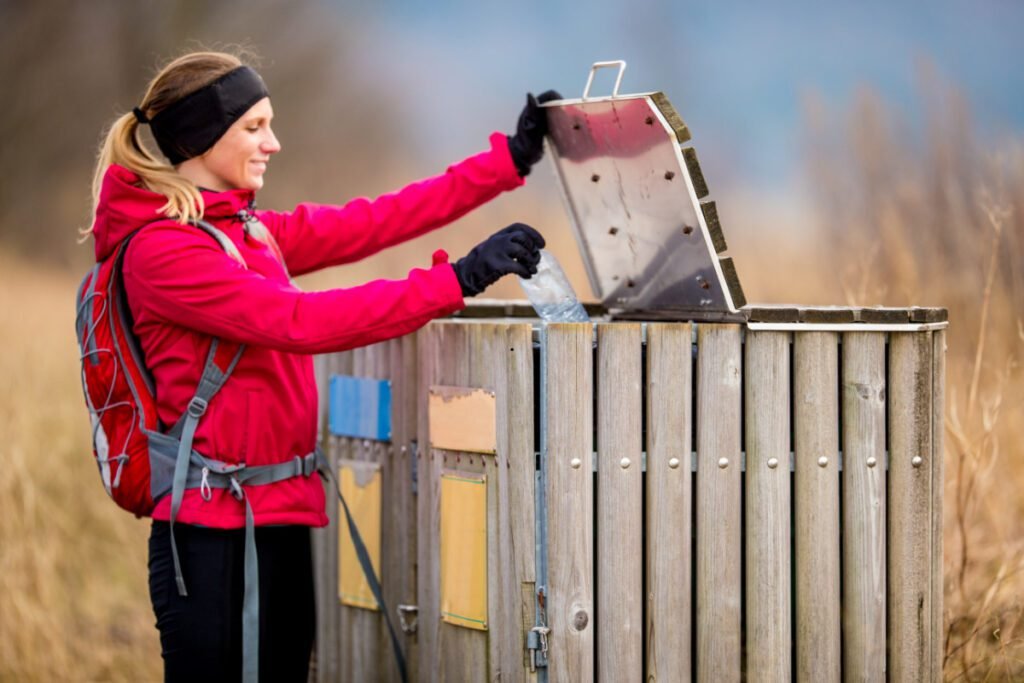
10. Enjoy the Experience
Last but not least, you should always have fun while at it! Alaska is a state endowed with stunning natural features and several animals. Alaska is the perfect place for the fishing trip of a lifetime; it is not just about catching the fish but also about the experience of being surrounded by nature and creating memories that will last a lifetime.

